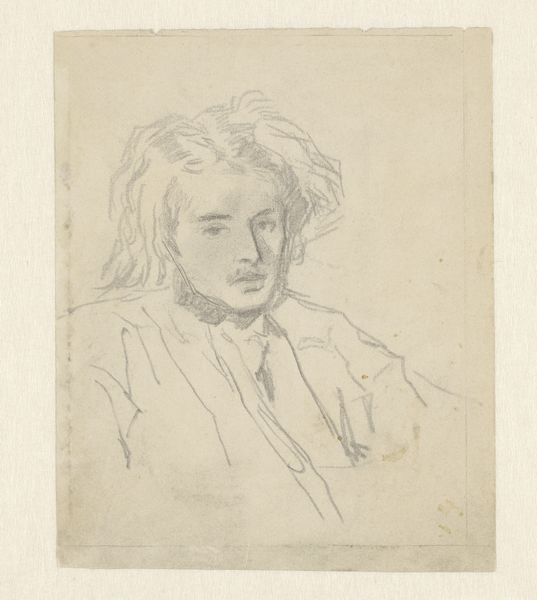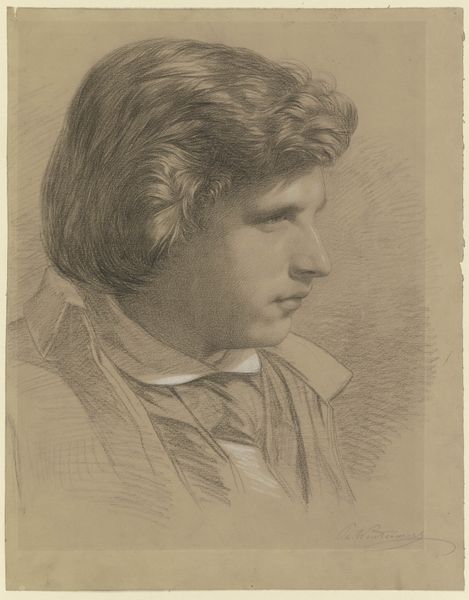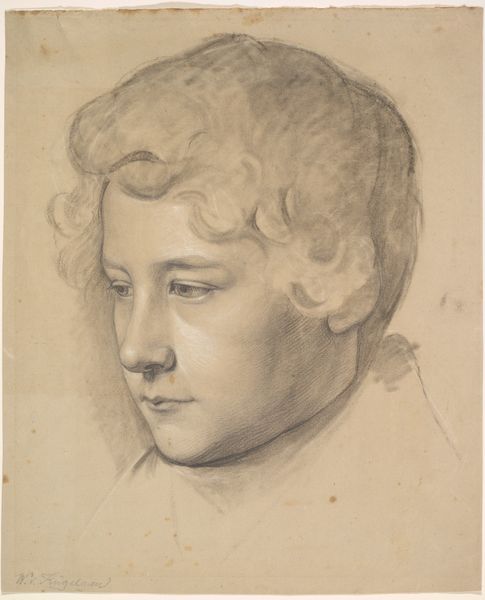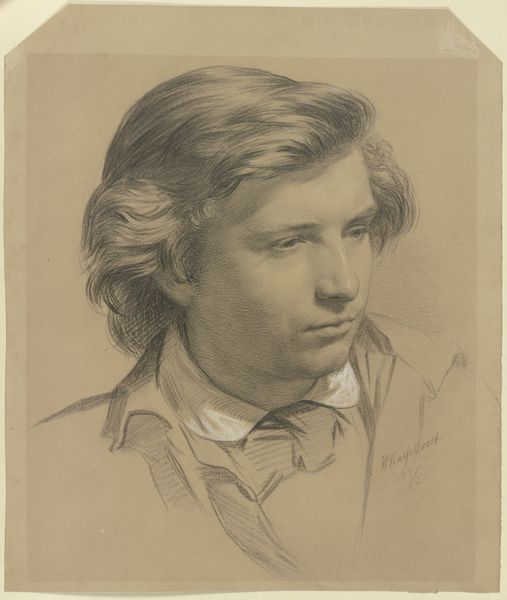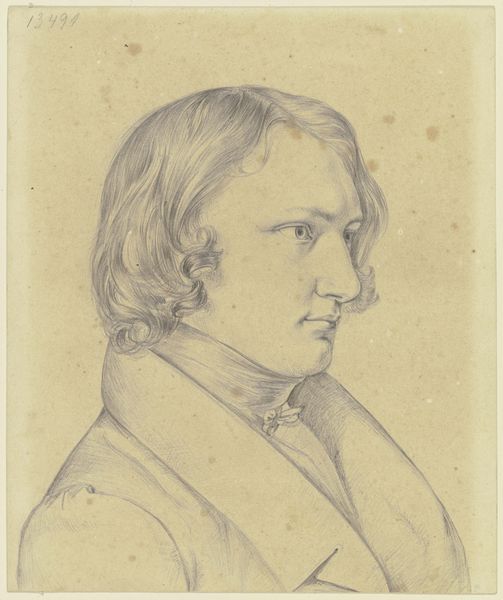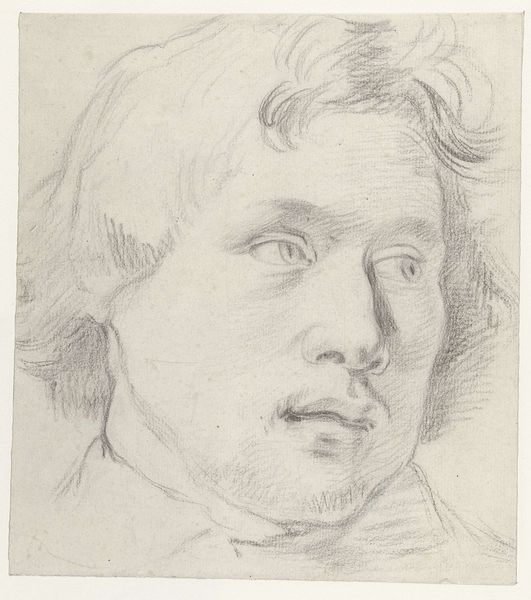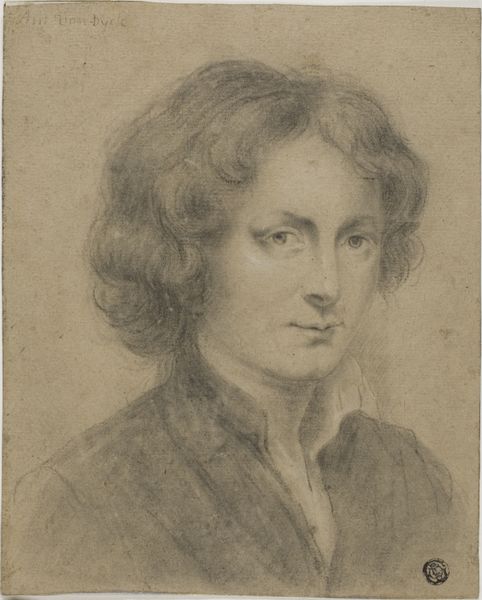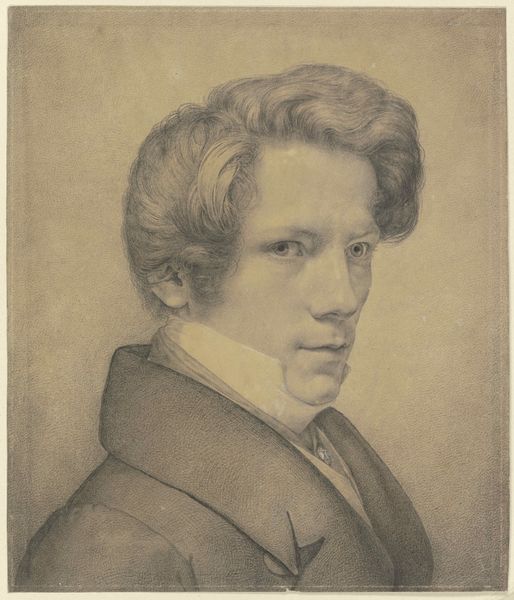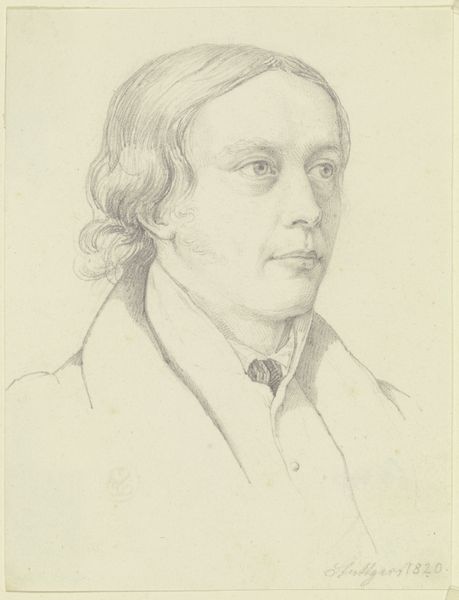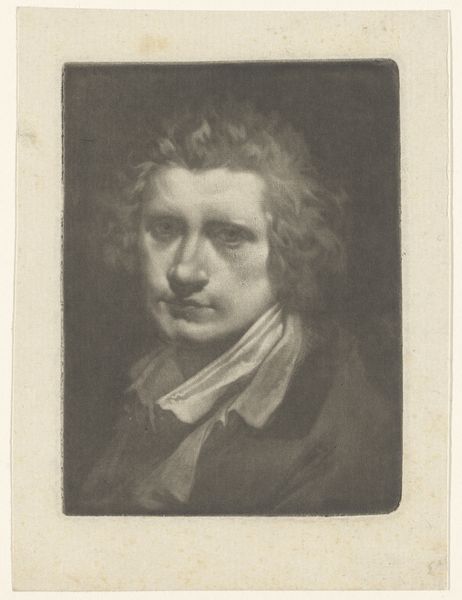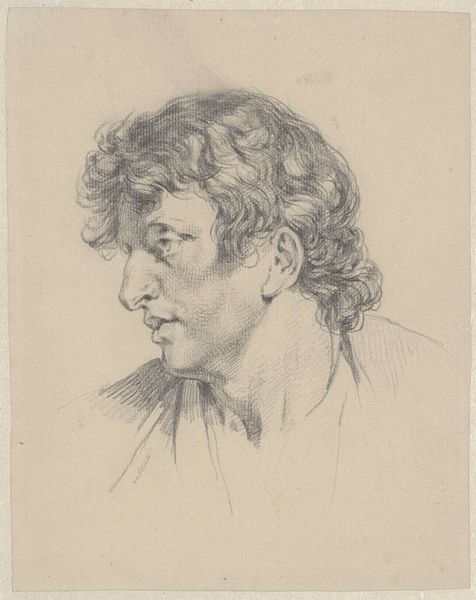
drawing, dry-media, pencil, chalk, graphite, pen, charcoal
#
portrait
#
drawing
#
charcoal drawing
#
dry-media
#
pencil
#
chalk
#
graphite
#
pen
#
charcoal
Copyright: Public Domain
Editor: This is Johann Heinrich Hasselhorst’s portrait of Albert Hendschel, made with charcoal, chalk, graphite, pen, and pencil. I find the subtle shading incredibly delicate. What jumps out at you? Curator: Notice the emphasis on process. We see the labour inherent in mark-making, the repetitive strokes building up the form. Hasselhorst's choice of dry media allows for corrections and reworkings, leaving visible traces of his artistic decisions. Consider, too, the social context. This is a portrait *of* a painter *by* a painter – how does this professional relationship inform the making of the piece itself? Editor: That’s fascinating. It feels like a document of their artistic connection as much as a likeness. How did materials influence portraiture back then? Curator: Precisely. The materials – readily available, relatively inexpensive dry media – suggest a degree of accessibility, a shift away from the grand oil portraits of the aristocracy. Hasselhorst’s method democratizes the artistic process. What's your sense of the consumption of artworks such as this? Editor: It makes me wonder, was it for public display, or perhaps more a private exchange between artists? The scale does feel intimate. Curator: It's likely destined for a portfolio, a study, a record of artistic kinship and exchange, circulating within a network of artists, valued for its demonstration of skill and the embodied labour in its making. It stands apart from the mass-produced, pointing instead to artistic values rooted in the act of creation. Editor: So, we're not just looking at a portrait but a material testament to the artistic world it inhabited. Curator: Exactly. The materials, technique, and even the choice of subject matter speak volumes about the artistic networks and values of the time. Editor: I see it now; the art *is* the process, a glimpse into the artist's labour. Thanks for helping me see it that way.
Comments
No comments
Be the first to comment and join the conversation on the ultimate creative platform.
